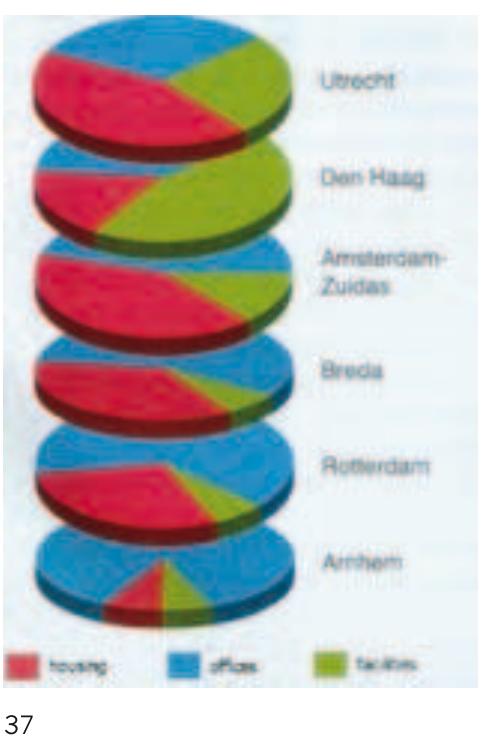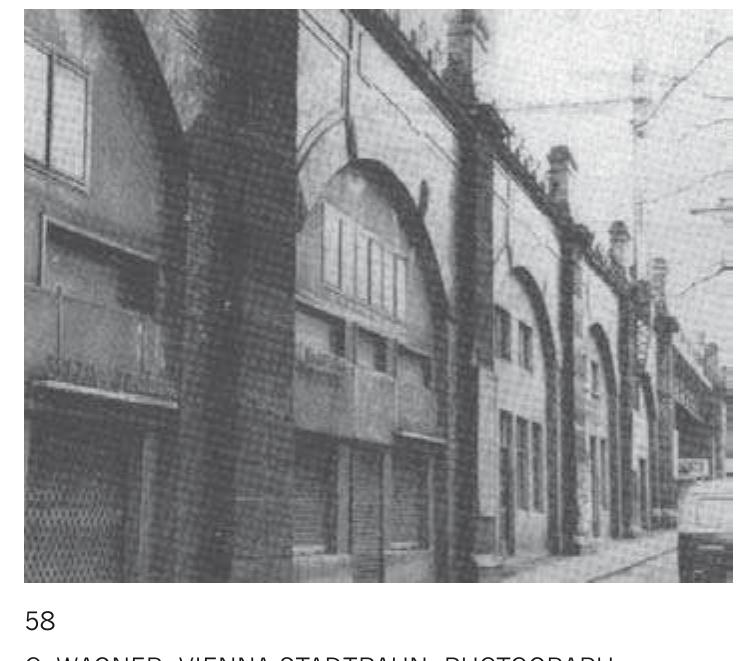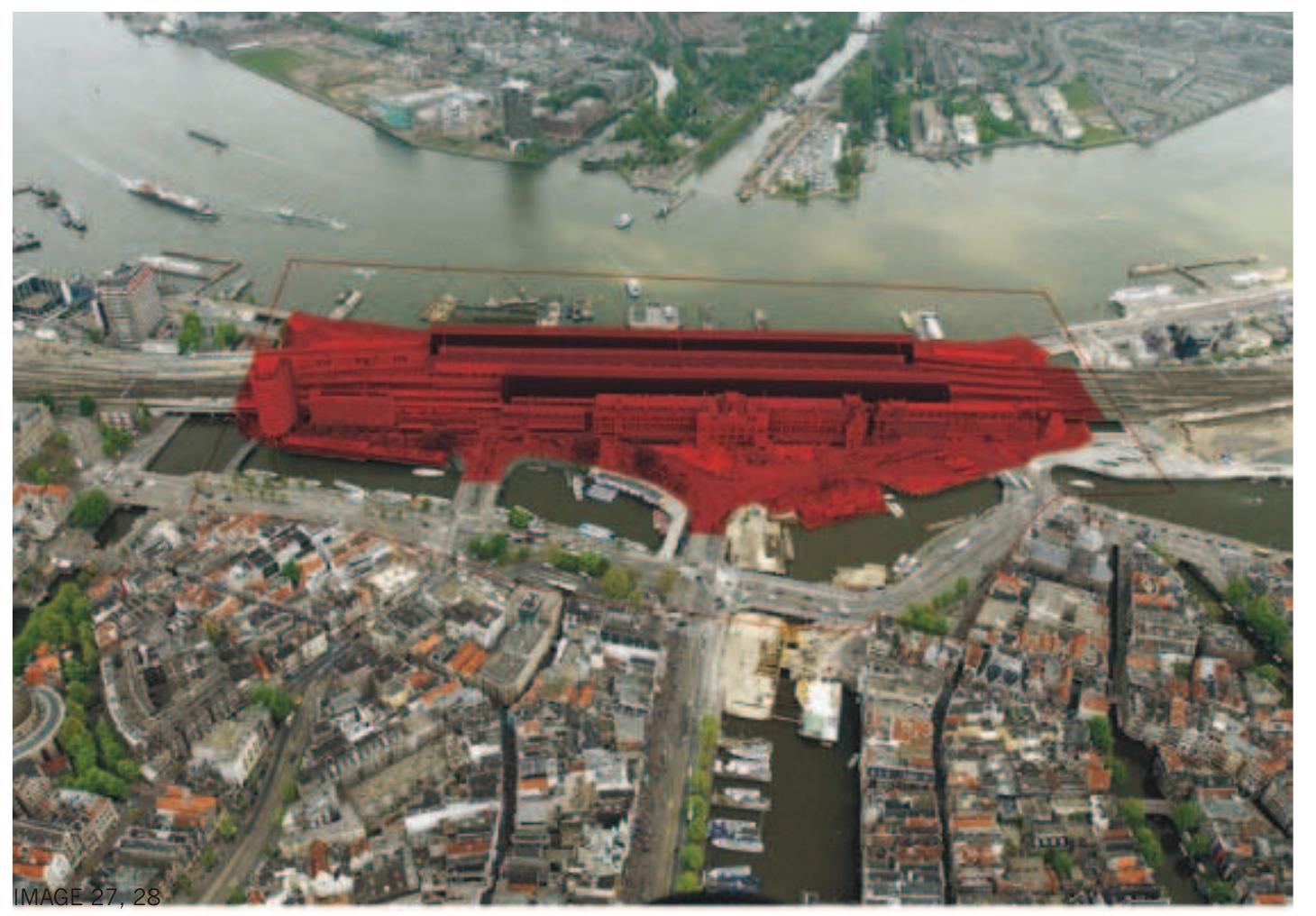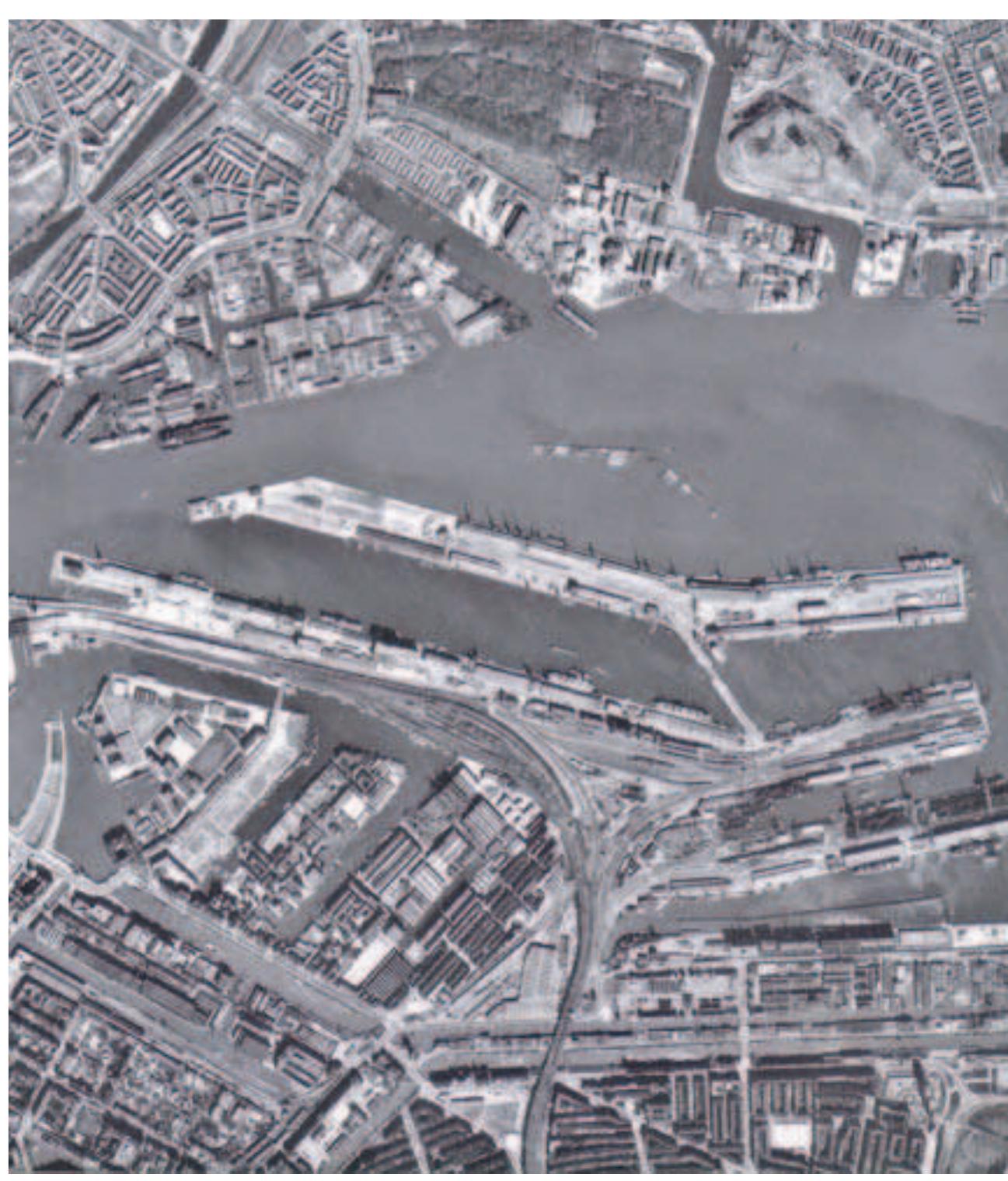Key research themes
1. How can circular construction principles be applied to the reuse of obsolete railway infrastructure?
This research theme explores the integration of circular economy and circular construction principles in the preservation, reuse, and repurposing of obsolete railway buildings and infrastructures. It addresses not only material reuse but also building lifecycle extension and sustainable urban regeneration, emphasizing the cultural and industrial heritage value of railway assets and their role in sustainable urban development.
2. What are the implications of concurrent engineering and optimization techniques in the design and construction of railway infrastructure?
This theme focuses on how concurrent engineering methodologies and mathematical optimization are implemented to address the complexity inherent in railway infrastructure projects. It analyzes their effects on design-build procurement strategies, cost and schedule efficiency, the integration of multidisciplinary systems, and the operational planning of railway networks.
3. How do advances in materials engineering and geometric design influence the performance and sustainability of railway infrastructure?
This research theme addresses innovations in materials modification and geometric engineering of railway tracks and components to improve durability, safety, and operational efficiency. It covers laser alloying for enhanced traction element properties, the geometric design of high-speed rail tracks, and assessment methods for track deformability and safety critical for lifecycle management.











































































































































































































































